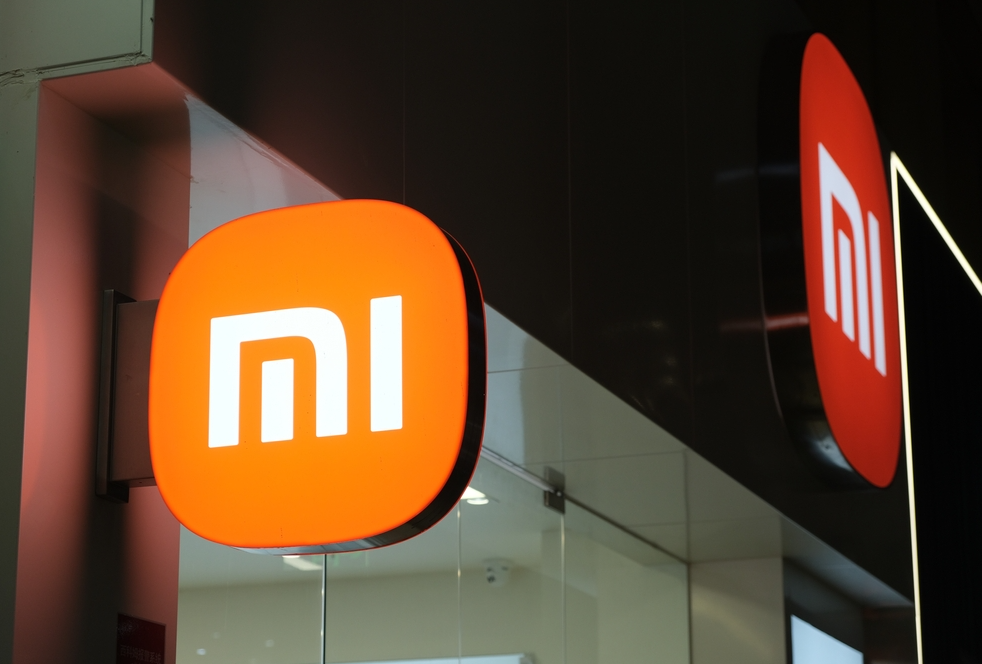Every day, mobile devices are becoming more and more indispensable in our daily lives. Whether it’s a smartphone, tablet, laptop or even a portable speaker, they all require power for their work. With active use, it’s not always possible to recharge your device from the mains, and that’s where power banks come to the rescue. This portable power source will help you stay connected, even when the outlet is far away.
However, not every Power Bank will fit a specific device or meet your needs. Do you need something compact and lightweight for everyday use, or something higher capacity for long journeys? Does your device support fast charging? How many times do you plan to charge your smartphone without access to mains power?
In this guide, we’ll take a look at the key parameters you should consider when choosing a power bank, and make recommendations on what type of power bank is right for different devices.
Battery capacity
The battery capacity of a power bank is a key parameter that determines how many times you can charge your smartphone or other device without plugging in. Capacity is measured in milliamp hours (mAh).
Generally, power bank have capacities ranging from 2,000 to 20,000 mAh or higher. But it’s important to remember that the actual capacity of the device may be slightly lower than the manufacturer’s stated capacity due to power loss during transmission.
Moreover, the higher the capacity, the greater the weight and size of the device.
Number and types of ports
A Power Bank can have one or more USB ports. If you plan to charge several devices at the same time, choose a model with two or more ports.
It’s also important to pay attention to the types of ports. Standard USB ports will fit most devices, but some modern smartphones and laptops use USB-C. Apple products often use Lightning ports.
Charging speed
Another important parameter is the charging speed, which is measured in amperes (A). Most modern power banks offer a charging speed of 2.1A, which provides faster charging compared to the basic 1A level.
What’s more, many devices support fast charging technology (such as Qualcomm’s Quick Charge), which allows you to charge your devices even faster.
Weight and size
If you plan to carry your Power Bank around with you often in your pocket, bag or backpack, it’s important to consider its weight and size. As mentioned, capacity directly affects the size and weight of the device, so you’ll have to find the right balance between portability and capacity.
Additional features
Some power banks may offer additional features that can be useful in certain situations. For example, a built-in torch may come in handy when camping, wireless charging will make it easier to charge compatible devices, or a solar panel is a must when there is no power outlet nearby.
Manufacturer and warranty
The reputation of the manufacturer and the warranty offered are also important when choosing a power bank. Preference should be given to devices from reputable manufacturers that offer a warranty on their products and have good reviews from users.
More tips on choosing a power bank for different devices
Each device has its own unique charging requirements, and it’s important to choose the right power bank for optimal performance and extended life. Let’s break it down in more detail.
- Smartphones
If your needs are mainly related to phones, their battery capacity ranges from 2,000 to 5,000 mAh on average, depending on the model. A 10,000 to 20,000 mAh capacity power bank can offer two to four full charges for a smartphone. It’s also important to consider fast charging technology, if your smartphone supports it – it will save charging time.
- Laptops
Laptops require higher power consumption. Most laptops have batteries between 4,000 and 10,000 mAh. Based on this, you will need a Power Bank with a capacity of at least 20,000 mAh and preferably more than 30,000 mAh for multiple charges.
Some laptops can also charge via a USB-C port with Power Delivery (PD) support, which can provide high charging speeds of up to 100W. Check to see if your laptop supports this technology.
- Portable speakers
Charging portable speakers may require a power bank with a capacity of between 5,000 and 20,000 mAh, depending on their size and power consumption. It is important to know that more powerful speakers consume more power, so choose a power bank with sufficient capacity.
- Tablets
Most tablets have batteries between 5,000 and 10,000 mAh. Therefore, it is recommended that you use a 15,000 to 30,000 mAh power bank to provide multiple recharges.
- Other factors
In addition, there are other factors to consider as well. The battery life of a power bank can decrease over time, so it’s a good idea to choose a device with some spare capacity. Size and weight are also important, especially if you plan to carry the power bank around with you often.
Many modern Power Banks may also offer additional features such as wireless charging capabilities, a built-in torch, a charge indicator, or overheat and short circuit protection.
Here are a few trusted manufacturers of power bank:
| Manufacturer | Model | Capacity | Numberports | Dimensions | Weight | Fast charger |
| Anker | PowerCore II 20000 | 20000 mAh | 2 | 168 x 62 x 22 mm | 369 г | yes |
| Xiaomi | Mi Power Bank 3 Pro | 20000 mAh | 3 | 149.5 x 69.6 x 23.9 mm | 486 г | yes |
| RAVPower | RP-PB19 | 16750 mAh | 2 | 127 x 81 x 22 mm | 320г | no |
| Aukey | PB-Y13 | 10000 mAh | 3 | 147 x 75 x 14 mm | 227 г | yes |
| Samsung | Battery Pack 10,000mAh | 10,000mAh | 2 | 142 x 71 x 14 mm | 220 г | yes |
Choosing a power bank is always a compromise between capacity, size, weight and cost. Taking into account all of the above parameters, you can choose the device that will be the most convenient and functional for you. We hope that these tips will help you make the right choice.




